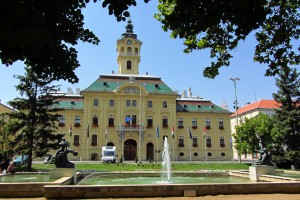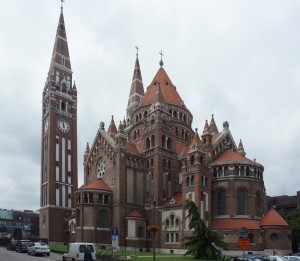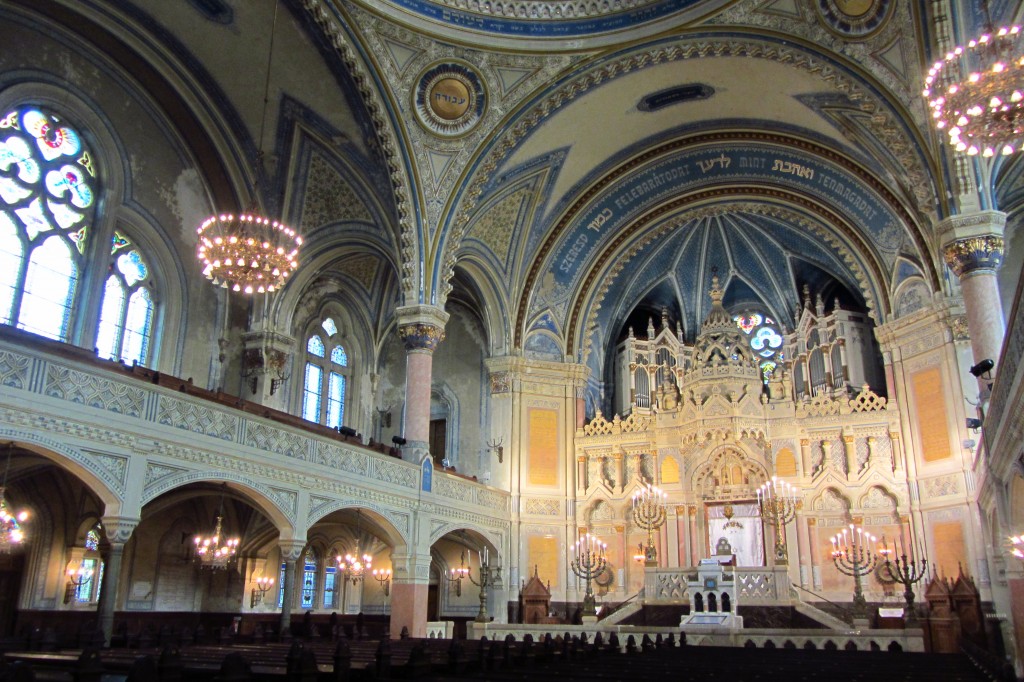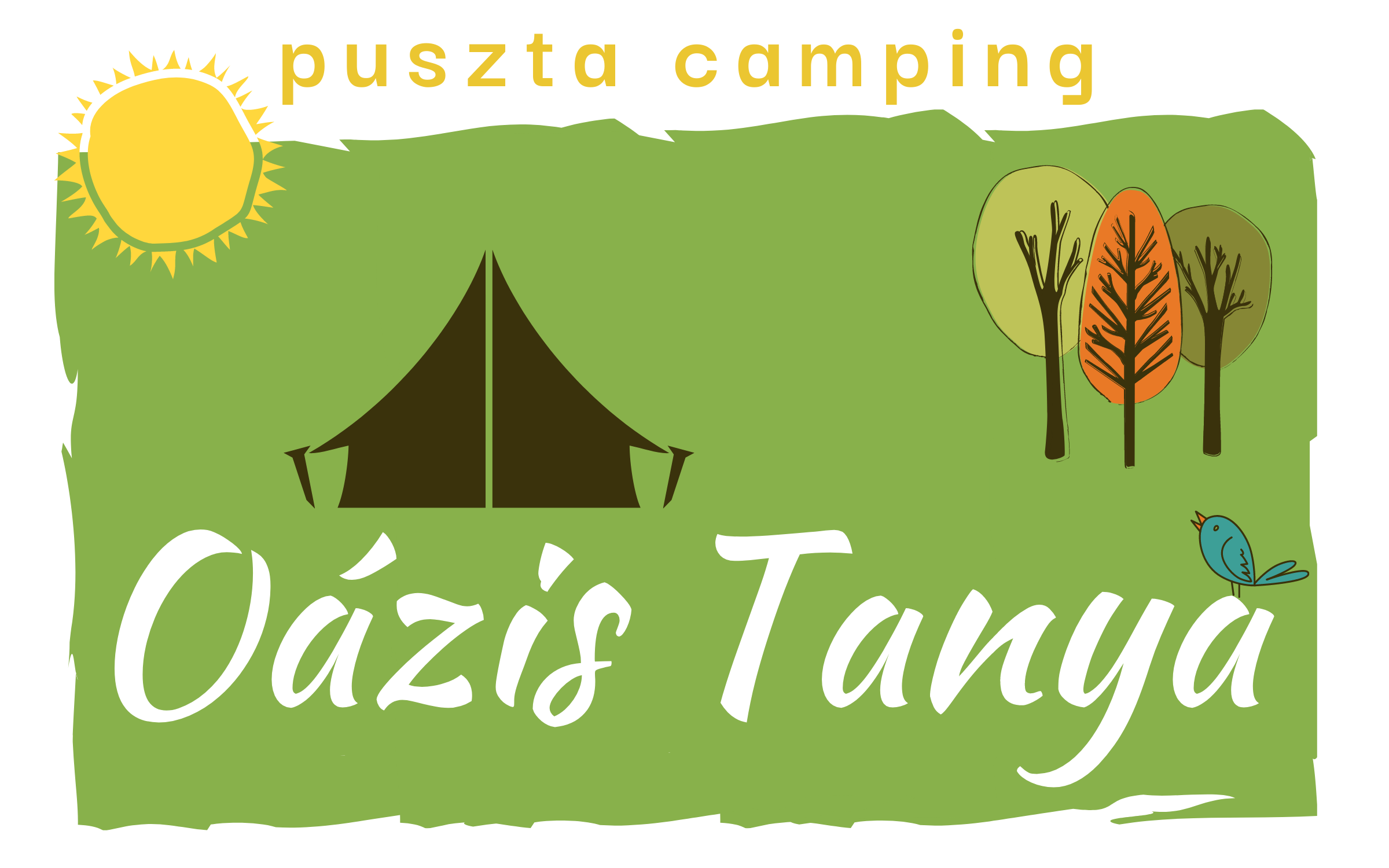 Szeged
Szeged
Szeged is the third biggest city of Hungary. The city resides on the shores of the Tisza, close to both the Serbian as the Romanian border.
History:
Szeged and its area have been inhabited since ancient times. The name Szeged was first mentioned in 1183, in a document of King Béla III.
The citizens of Szeged played an important part in the Hungarian Revolution of 1848. Szeged was the last seat of the revolutionary government in July 1849. The Habsburg rulers punished the leaders of the town, but later Szeged began to prosper again, the railway reached it in 1854, and the town got its free royal town status back in 1860. Mark Pick’s shop – the predecessor of today’s world famous Pick Salami Factory – was opened in 1869.
 Today the inner city of Szeged has beautiful buildings and wide avenues. This is mainly due to the great flood of 1879, which literally wiped away the whole town (only 265 of the 5723 houses remained and 165 people died). Emperor Franz Joseph visited the town and promised that “Szeged will be more beautiful than it used to be”. He kept his promise. During the next years a new, modern city emerged from the ruins, with palaces and wide streets.
Today the inner city of Szeged has beautiful buildings and wide avenues. This is mainly due to the great flood of 1879, which literally wiped away the whole town (only 265 of the 5723 houses remained and 165 people died). Emperor Franz Joseph visited the town and promised that “Szeged will be more beautiful than it used to be”. He kept his promise. During the next years a new, modern city emerged from the ruins, with palaces and wide streets.
After the First World War Hungary lost its southern territories to Romania and Serbia, as a result Szeged became a city close to the border, and its importance lessened, but as it took over roles that formerly belonged to the now lost cities, it slowly recovered. Szeged suffered heavily during the World War II. 6,000 inhabitants of the city were killed, the Jewish citizens were confined to ghettos, then taken to death camps, and the Soviet Army occupied the city in late-1944. During the Communist-era, Szeged became a centre of light industry and food industry. In 1965 oil was found near the city; the area now satisfies 67% of the country’s oil demand.
Today’s Szeged is an important university town and a popular tourist attraction.
Szeged is known as the home of paprika, a spice made from dried, powdered capsicum fruits. Paprika arrived in Hungary in the second half of the 16th century as an ornamental plant. About 100 years later the plant was cultivated as a herb, and paprika as we know it.Szeged is also famous for their Szekelygulyas, a goulash made with pork, sauerkraut and sour cream. And also famous for their Halászlé, fish soup made of carp and catfish.

Sights:
– The cultural palace, which holds the Ferenc Móra-museum and the Somogyi-library.
– Behind the museum there are remnants of an old castle, which had great strategical importanceuntil the 18th century. The part that survived the flood now holds a small museum of the local history.
– The main spuare of Szeged is the 50.000 m² big Széchenyi tér. After the flood a new town hall in eclectic style was build here, of which the barok influences are most noticeable.
– On the Dome square is the neo-roman votary church. Every July and August this church is the back of the Szeged Festival (opera and ballet in open air)
– The Synagoge of Szeged has a 48,5 meter high dome and is one of the best examples of the “fin de siècle” mixture of Art Nouveau dan the Hungarian style. It is the second biggest synagoge of Hungary.
Sightseeing flights in airplane or helicopter and lessons at low prices www.rivair.hu/en

 English
English  Nederlands
Nederlands